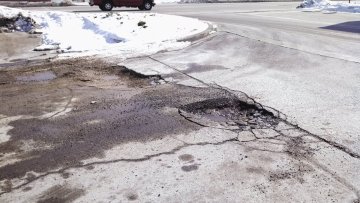Homogenization for families of skew products
Abstract
We consider families of fast-slow skew product maps of the form \begin{align*}x_{n+1} = x_n+\eps^2 a_\eps(x_n,y_n)+\eps b_\eps(x_n)v_\eps(y_n), \quad
y_{n+1} = T_\eps y_n, \end{align*} where $T_\eps$ is a family of nonuniformly expanding maps, $v_\eps$ is of mean zero and the slow variables $x_n$ lie in $\R^d$. Under an exactness assumption on $b_\eps$ (automatically satisfied in the cases $d=1$ and $b_\eps\equiv I_d$), we prove convergence of the slow variables to a limiting stochastic differential equation (SDE) as $\eps\to0$. Our results include cases where the family of fast dynamical systems
$T_\eps$ consists of intermittent maps, unimodal maps (along the Collet-Eckmann parameters) and Viana maps.Similar results are obtained also for continuous time systems \begin{align*} \dot x = \eps^2 a_\eps(x,y,\eps)+\eps b_\eps(x)v_\eps(y), \quad \dot y = g_\eps(y). \end{align*}
Here, as in classical Wong-Zakai approximation, the limiting SDE is of Stratonovich type $dX=\bar a(X)\,dt+b_0(X)\circ\,dW$ where $\bar a$ is the average of $a_0$
and $W$ is a $d$-dimensional Brownian motion.



